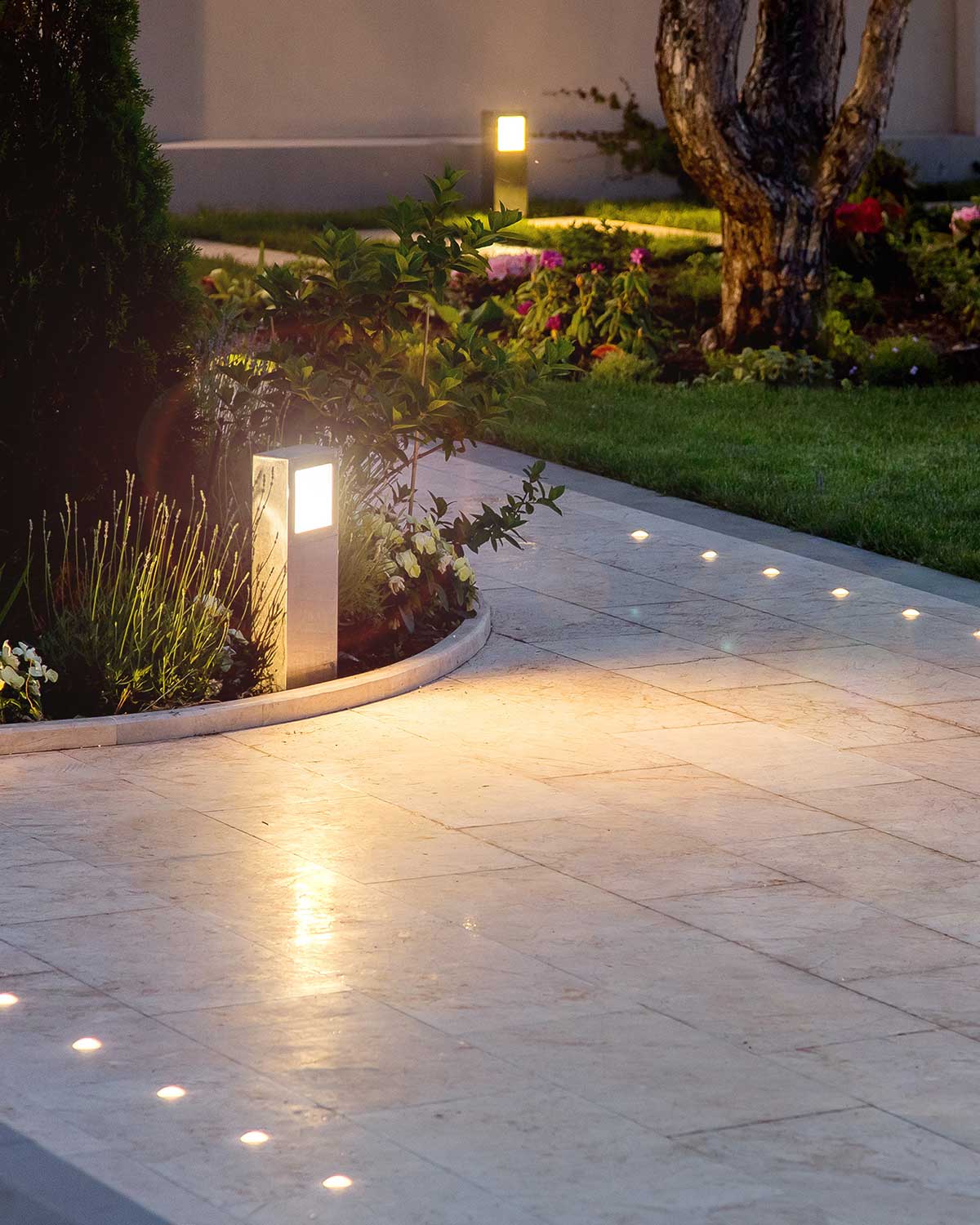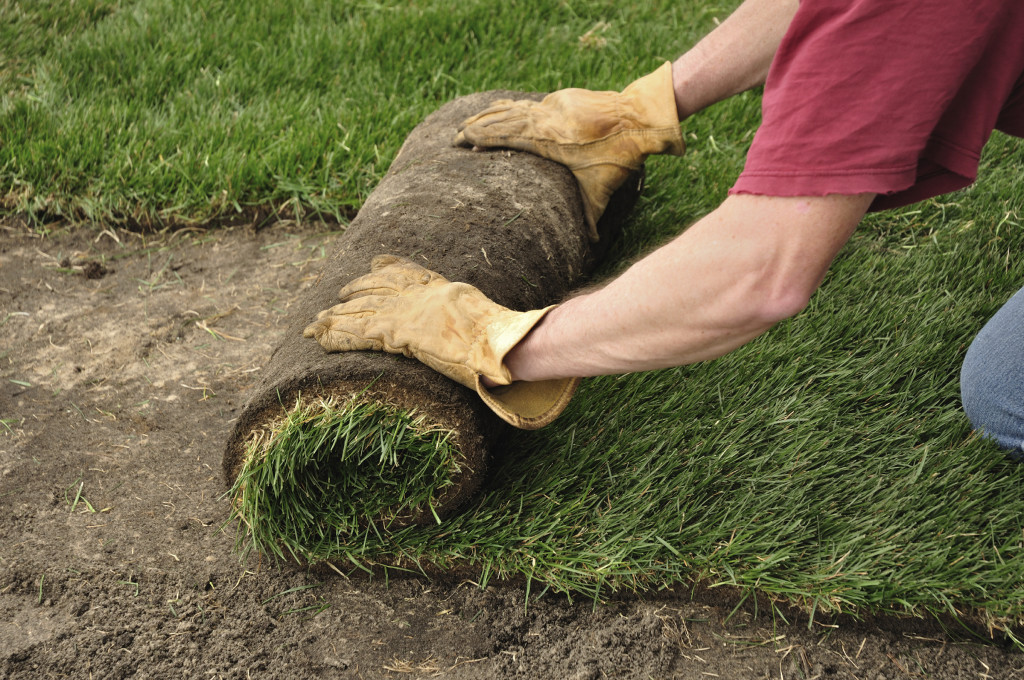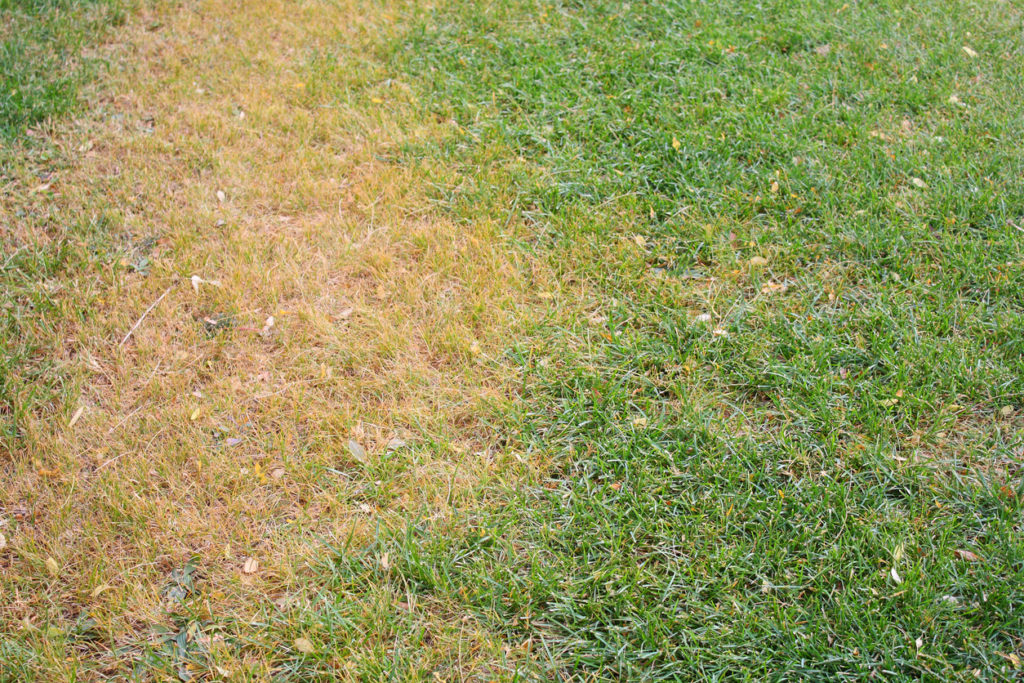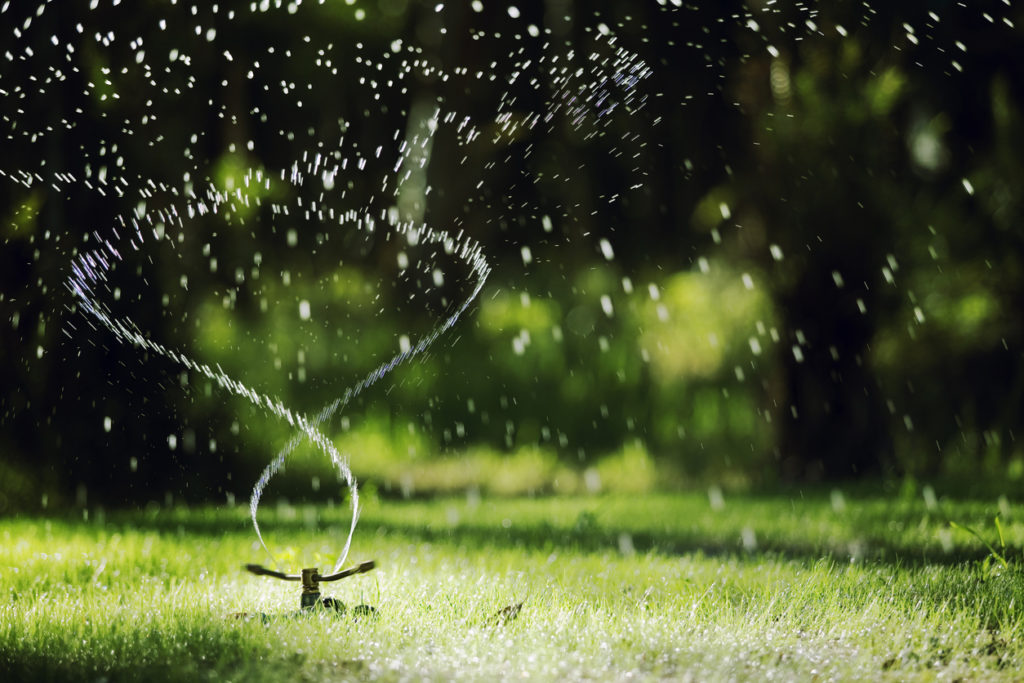Our combo blog post and video on how to fix dead patches on your lawn proved to be incredibly popular. Plenty of visitors learned how lawn aeration, compost topdressing and lawn reseeding can help bring ugly bare spots back to life.
Due to popular demand, we have decided to revisit this topic. While the first blog focused on reseeding your lawn, this article will look at using sod to fix dead spots in your lawn.
Consider this the sequel to part one, which you can read here.
Why choose sod over reseeding
Speed is the main reason you would repair dead spots in your lawn with sod versus reseeding. Simply put, patching with sod will yield faster lawn care results.
While using grass seed can be a laborious, time-consuming process, laying down new sod is an immediate and – with proper follow-up care and grass cutting – permanent solution.
Another reason to go with sod is that it also deals with soil erosion. Grass seed will not repair damaged or contaminated soil. So, while the new grass seed will grow, it may not be sustainable because the soil underneath can’t support lifelong growth.
Identify the problem before laying down sod
Discover why the old grass died, and take steps to avoid it happening again after you put down the new sod.
Here are some common factors which can contribute to bald spots on your lawn:
- Too much traffic
- Excessive flooding
- Spillage of fluids
- Destructive lawn pests (like chinch bugs)
Before you begin the process of repairing your lawn with sod, make certain you address what caused the problem in the first place.
Laying down sod is easy
Once you’ve removed the dead grass and soil from your residential lawn, the next step is to lay down the new sod. It’s a simple process:
- Cut the sod to fit the patch
- Lay it down to fill the patch
- Walk gently on the sod to encourage rooting
Note: if your sod is too high, it will get hacked by the lawn mower during grass cutting. Remove the sod, excavate more soil out of the patch, smooth it out and lay down the sod again until it’s even with the surrounding grass.
Water, water, and water some more
Keeping a patched lawn watered for the first couple of weeks is vital to its survival. While grass seed requires light watering, new sod can handle a more concentrated spray from your garden hose.
The new sod will require daily (or twice daily) watering until the new roots take hold and have good contact with the soil underneath.
All your lawn care needs – covered
Now you know how to restore your lawn using sod. We can help you keep it that way.
From grass cutting to lawn care, we’re the experts in keeping your grass green and healthy. Call us for a free quote on the lawn care services that best meet your needs.

Need inspiration?
When you start to think about designing the perfect yard, deck, patio or backyard oasis, it can be helpful to have some solid ideas of what you want to achieve. We can help with that.





